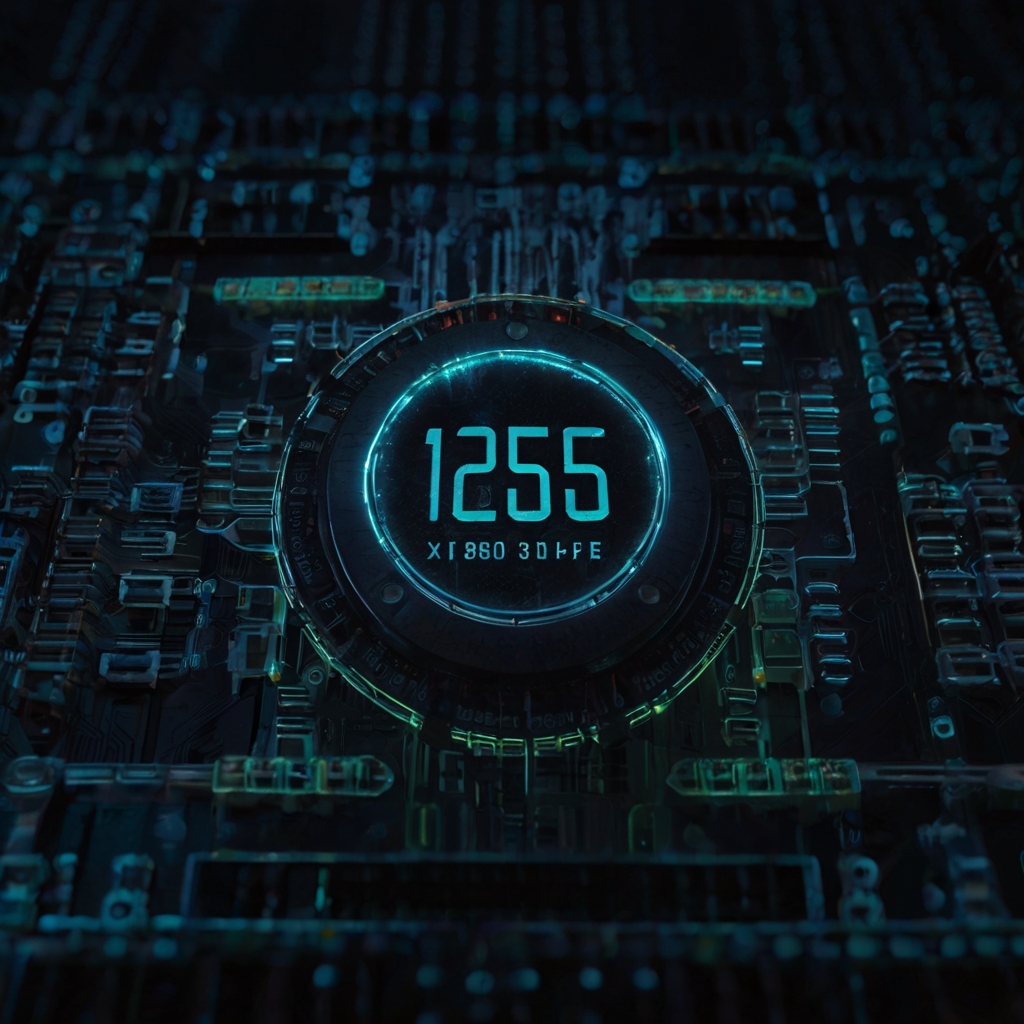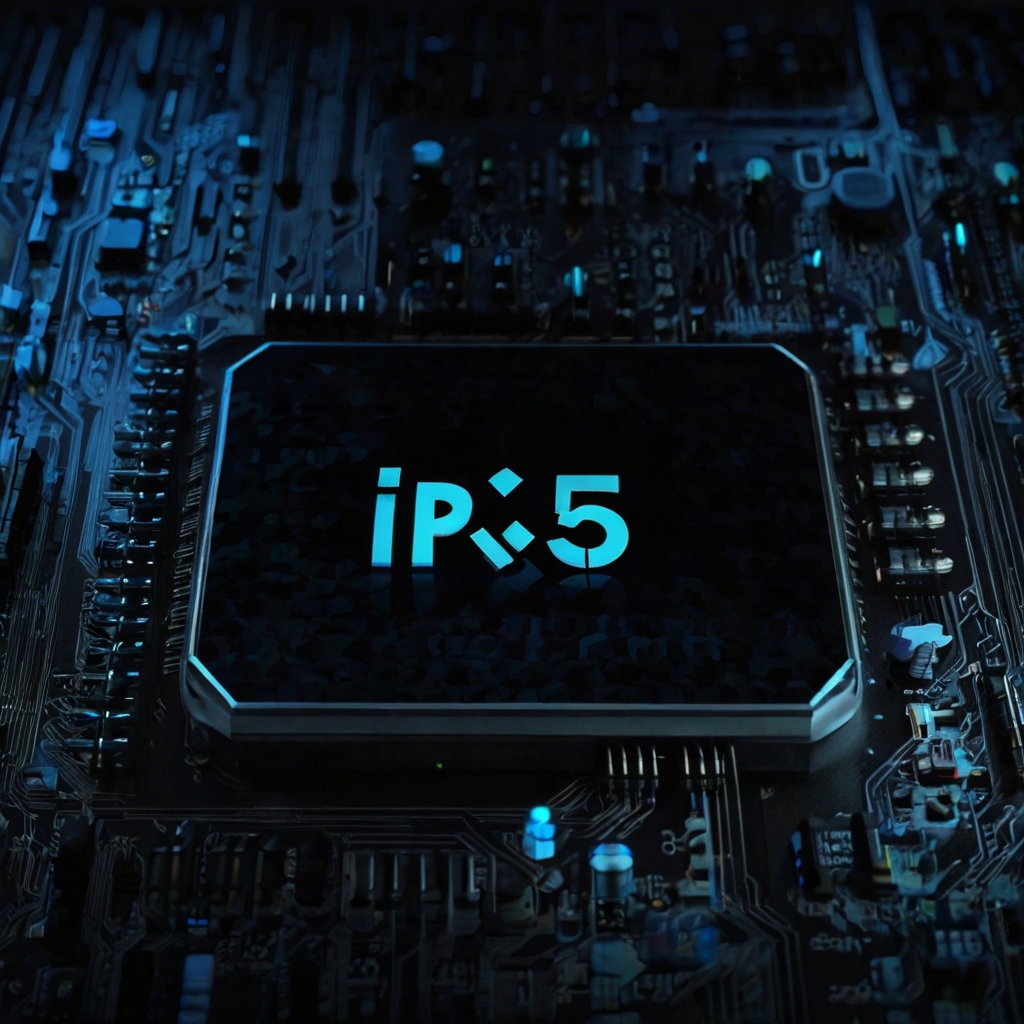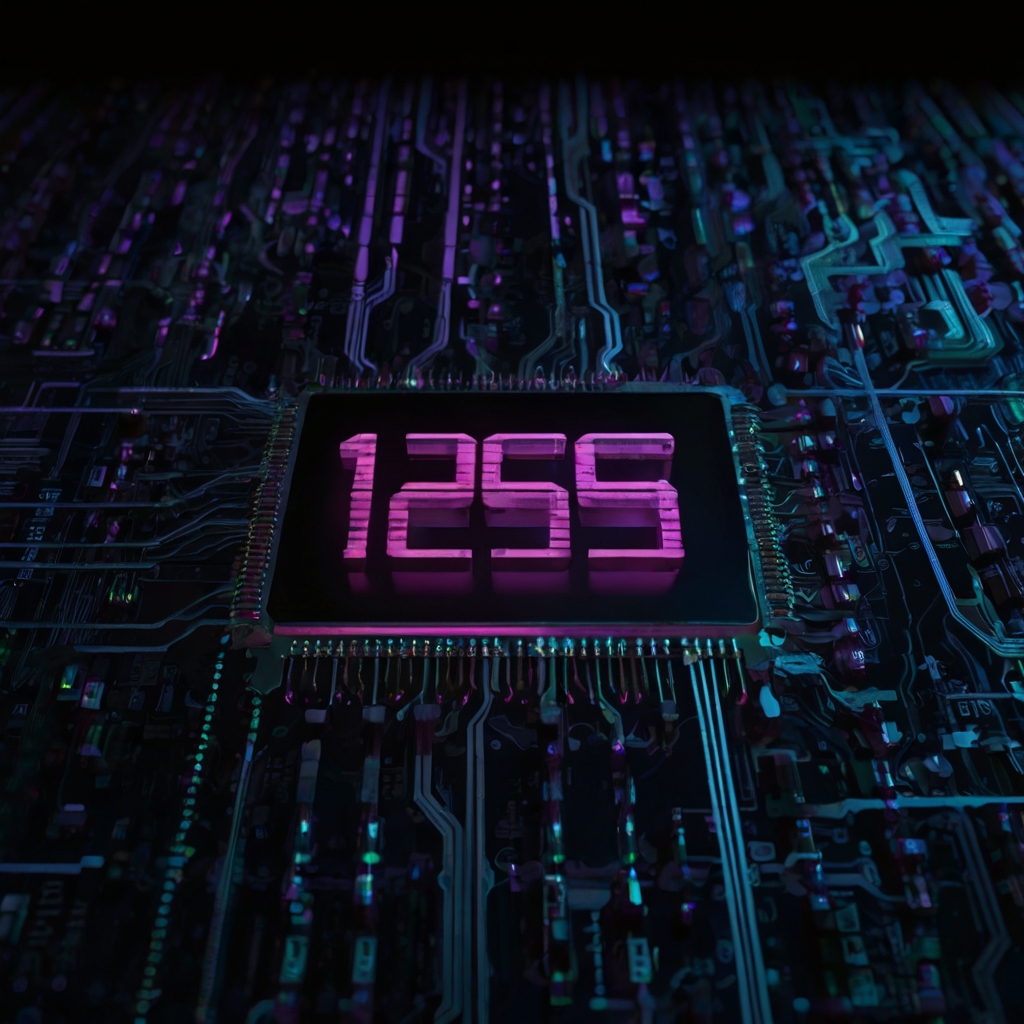Introduction
In the digital world, IP addresses are like house numbers on a street. They guide data to the correct destination and are essential for every online interaction. One such address, 185.63.253.300, has drawn attention for being technically impossible—yet strangely present in logs, queries, and discussions. Why does this seemingly standard-looking IP raise red flags? What does it represent? Could it be a sign of something more significant in your system?
Let’s dive deep into the truth behind 185.63.253.300, unpack its implications, and discover how something so simple can spark serious cybersecurity and configuration concerns.
Table of Contents
What is 185.63.253.300?
At first glance, 185.63.253.300 looks like a legitimate IPv4 address. It has four sets of numbers separated by periods, fitting the basic IP format. But here’s the issue: IPv4 addresses follow a strict rule. Each section, called an octet, must be between 0 and 255. The last part of 185.63.253.300, which is “300”, violates this rule. That makes it an invalid IP address.
This raises the first critical question: why is an invalid IP showing up in systems at all?

Why Does 185.63.253.300 Appear?
Although 185.63.253.300 cannot function as a real IP address, it continues to pop up in server logs, analytics data, and sometimes even firewall alerts. The reasons for this can vary:
1. Typographical Errors
Sometimes, a simple typo is the cause. While entering configurations or IPs manually, administrators might hit “300” instead of “30” or “200.” It’s a small mistake with potentially big consequences.
2. Testing or Placeholder Values
Developers often use fake or placeholder IPs while building software. These addresses aren’t meant to go live, but sometimes one slips through the cracks. 185.63.253.300 could have been a stand-in during development that accidentally made its way into a production environment.
3. Malicious Activity or Obfuscation
Here’s where things get serious. Some attackers intentionally use malformed IPs like 185.63.253.300 to confuse logging systems or evade detection. It’s a form of obfuscation that could be part of a broader attempt to hide their real identity or origin. It might not point to a real host, but its presence can still disrupt or disguise harmful activity.
Security Risks Linked to 185.63.253.300
Though invalid, 185.63.253.300 can still be harmful. Its existence in your system may indicate deeper vulnerabilities or misconfigurations. Here’s how:
– Log Pollution
If your system logs show repeated hits from 185.63.253.300, it could muddy the water during security audits. Analysts rely on accurate logs for incident response, and polluted logs lead to wasted time and misinterpretation.
– Firewall Confusion
Some older or misconfigured firewalls might not properly reject malformed addresses. This opens the door for attackers to slip through security measures or overload systems with junk traffic.
– Spoofing and Fuzzing Attempts
Using fake or non-standard IPs is a common technique in fuzz testing, where attackers or researchers send random or malformed data to test systems for weaknesses. 185.63.253.300 could be part of that tactic.

How to Detect and Handle 185.63.253.300
The presence of 185.63.253.300 should trigger an immediate investigation. While it may turn out to be harmless or a mere mistake, ignoring it can be risky.
✅ Implement Strong Input Validation
Make sure all forms, applications, and interfaces that accept IP addresses validate them correctly. Nothing beyond 255 should ever be allowed in any octet.
✅ Set Up Firewall and IDS Rules
Configure your firewall and intrusion detection systems to reject any malformed IPs. Many modern tools can spot invalid entries like 185.63.253.300 before they reach your internal systems.
✅ Log Cleanups and Alerts
If you find 185.63.253.300 in your logs, set up alerts for malformed IPs. Clean up historical data, but more importantly, prevent future logging of invalid information.
✅ Educate and Audit
Train staff who handle networks, especially those manually entering IP addresses. Conduct regular audits of all stored IPs to remove entries like 185.63.253.300.

Why It Matters: More Than Just an Invalid Number
While 185.63.253.300 doesn’t lead anywhere, its presence still matters. It reflects system weaknesses—whether that’s in validation, monitoring, or security hygiene. It might be a typo today, but tomorrow it could be part of a larger attack strategy.
Think of it like a smoke alarm going off. Even if there’s no fire, it forces you to look for the cause. That alone makes 185.63.253.300 something worth paying attention to.
Eco-Friendly Approach to System Hygiene
Beyond the technical aspects, handling anomalies like 185.63.253.300 is part of eco-friendly IT practices. Reducing junk data, cleaning up logs, and maintaining healthy digital environments lead to better resource use. Clean data systems use less power, process faster, and reduce server load, making your IT operations more sustainable and efficient.
So even though 185.63.253.300 is just a few bytes of junk, addressing it fits into a larger strategy of conscious and responsible technology use.
Also read: Blogsternation.com: Is It the Best Platform for Bloggers Today?
Final Thoughts
185.63.253.300 may not be real, but it has real implications. Whether it’s the result of human error, outdated systems, or deliberate misuse, its presence is always worth examining. It’s not just a bad IP—it’s a signal. A warning that something isn’t right. And in cybersecurity, even small signs deserve big attention.
Keep your systems clean, your IPs valid, and your networks prepared. Because even the fake ones—like 185.63.253.300—can cause very real problems.


